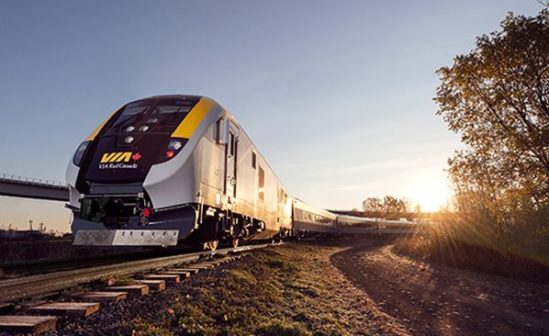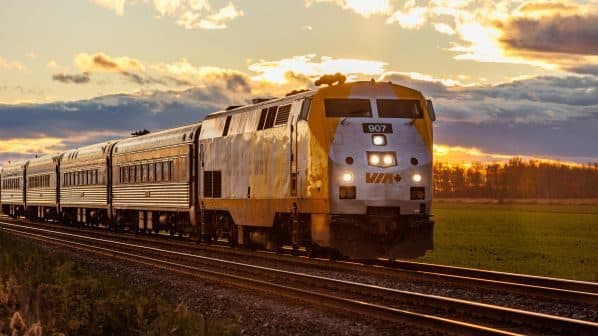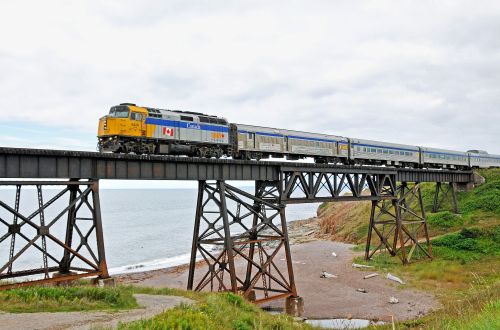VIA Rail Canada’s president and CEO, Mr Mario Péloquin, has unveiled a 2030 strategic plan for Canada’s national passenger rail operator. Talking exclusively to IRJ, he says the plan is based on a number of objectives designed to make Via Rail a best-in-class operator in North America.
Péloquin is aiming to dramatically cut the average age of Via Rail fleet, with major rolling stock procurement planned for later this year.
Via Rail’s key objectives for 2030 are:
- increase capacity by 18% through increased frequencies on the Windsor - Toronto - Montreal - Quebec City corridor and on long-distance, remote and regional services
- transform Via Rail through innovation to drive growth and make savings equivalent to 15% of the operating deficit to secure long-term financial sustainability - subsidies for the operator totalled $C 381m ($US 279m) in 2023, suggesting a savings target of over $C 50m
- uphold the highest environmental standards and implement innovative initiatives to cut greenhouse gas emissions by 50% compared with 2005; more energy-efficient diesel locomotives and improved driving techniques are key to achieving this goal
- foster a high-performance culture to ensure leadership continuity and organisational resilience, and
- make safety and security Via Rail’s top priority.
“My goal is to be ambitious,” Péloquin says. “Via Rail has done roughly the same thing for the last 50 years. That needs to change. I want to push the whole organisation to become more efficient. A good example of how we can do this is to fill more of the seats that are currently running empty for parts of long-distances services.”
He adds that efficiencies, rather than wage cuts and job losses, will drive savings. “At 3600 employees we’re already a pretty lean organisation,” he says. And while the operator has few surplus coaches, it will look to increase train lengths where possible. “If we can add cars, we’ll add them,” Péloquin promises.
New trains
The Canadian government has invested more than $C 3bn over the last five years in fleet modernisation at Via Rail, including the replacement of the Windsor - Quebec City - corridor fleet where a new train is now being delivered every month.
Via Rail says the federal government’s latest budget confirmed support for it to replace the remainder of its long-distance, regional, and remote trains across the country. Some of the coaches operating these trains, in particular the Toronto - Vancouver Canadian, date from 1954.
The company expects to issue a Request for Proposals (RFP) in the fourth quarter of this year for approximately 40 locomotives and 300 coaches. While Péloquin declines to put a price tag on this government-funded investment - “I want people to be creative,” he says - he notes that the average age of the Via Rail rolling stock fleet will dramatically fall from 77 years to around three.
The first new trains could be delivered within five years, and Péloquin expects the fleet replacement process to be completed within a decade.
For detailed data on fleet orders across the globe, subscribe to IRJ Pro.



